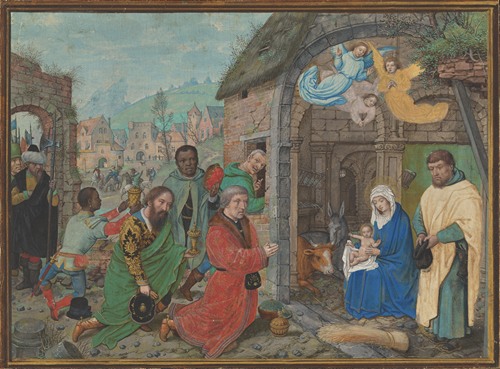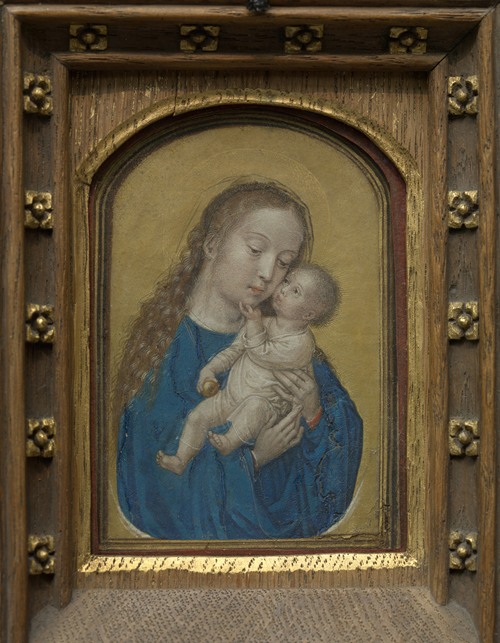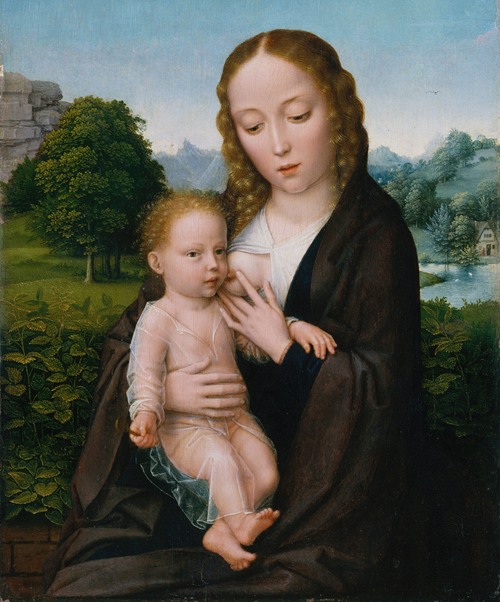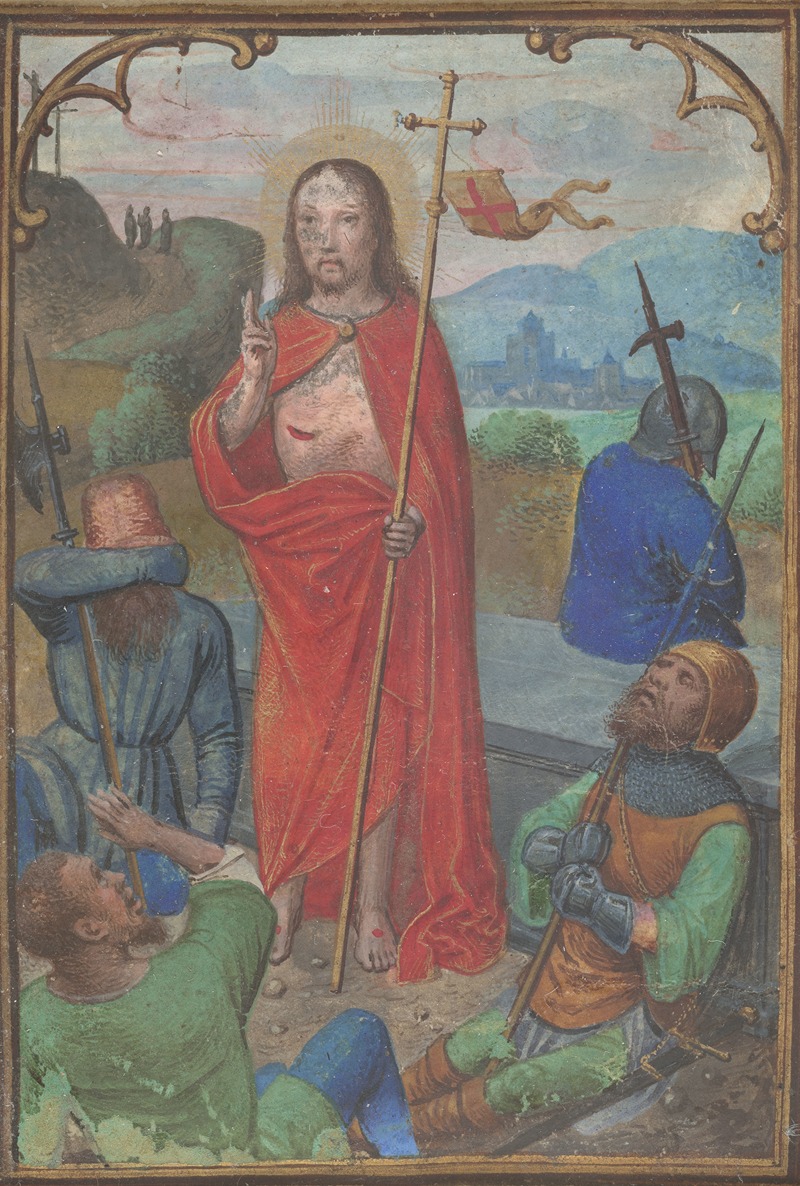
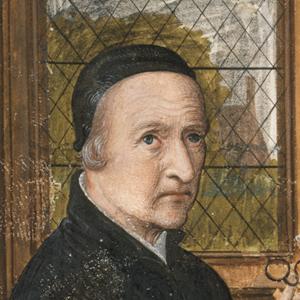
Simon Bening was a Flemish miniaturist, generally regarded as the last major artist of the Netherlandish tradition.
Bening, born either in Ghent or Antwerp, was probably trained by his father, illuminator Alexander Bening, in the family workshop in Ghent. He travelled between Ghent and Bruges and became a member of the guild of San John and Saint Luke in Bruges as an illuminator in 1508. He made his own name after moving to Bruges in about 1510, where he had lived since. From 1517 to 1555 he is listed regularly in the guild's annual accounts. Bening served as a dean of the calligraphers, booksellers, illuminators and bookbinders in the Guild of Saint John and Saint Luke three separate times (1524, 1536, 1546).
He was married twice and had six daughters. Two of them continued the family artistic tradition: Levina Teerlinc became a miniature painter, mostly of portrait miniatures, and emigrated to England, and Alexandrine Claeiszuene became a successful art dealer.
Bening specialised in Books of Hours, but by his time these were produced only for royal or very rich patrons. He also created genealogical tables and portable altarpieces on parchment. Many of his finest works are Labours of the Months for Books of Hours which are largely small-scale landscapes, at that time a nascent genre of painting. In other respects his style is relatively little developed beyond that of the years before his birth, but his landscapes serve as a link between the 15th-century illuminators and Pieter Brueghel the Elder. His self-portrait and other portraits equally are early examples of the portrait miniature.
He produced books for German rulers, like Cardinal Albrecht of Brandenburg, and royalty like Emperor Charles V and Don Fernando, the Infante of Portugal. Robert de Clercq, abbot of the Cistercian monastery of Ter Duinen ("Les Dunes") at Koksijde, near Bruges, commissioned a Benedictional from him sometime between 1519 and 1529. Bening portrayed the abbot in a colourful Crucifixion scene.
More Artworks by Simon Bening

